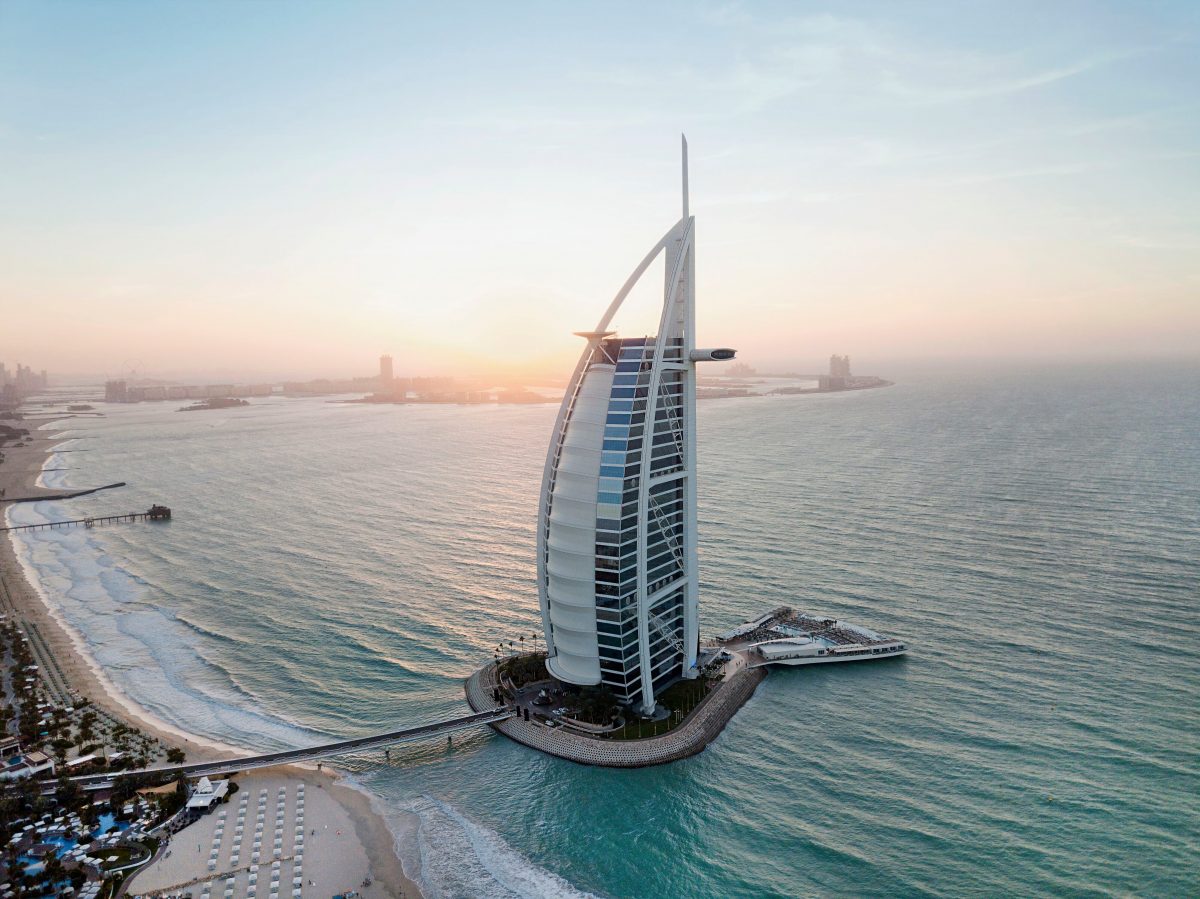The UAE has announced the official Eid start date: May 2, making five-day weekend likely.
The International Astronomical Centre stated that the will be the first day of Eid al-Fitr in most countries, as the crescent of Shawwal 1443 A.H. will be seen on Saturday, 30th April, corresponding to 29 Ramadan, according to the UAE state news agency.
Muhammad Shawkat Odeh, Director of the Centre, noted that in countries that began Ramadan on Sunday, 3rd April, including Indonesia, Malaysia, Brunei, India, Bangladesh, Pakistan, Iran, Oman, Jordan, Morocco and Ghana, the crescent of Shawwal will be seen on Sunday, 1st of May.
He added that in countries that will witness the crescent on Saturday, April 30th, seeing the crescent on that day will be impossible because the moon will set before the sun and, therefore, these countries will have completed 30 days of Ramadan, so Eid al-Fitr will start on 2nd May, 2022–which includes the UAE.
In countries that will witness the crescent on 1st May, sighting the moon that day will not be possible in Australia and neighbouring regions, but will be possible via telescope in Central and West Asia, most of Europe and Southern Africa.
That would mean exactly what you hope it means—a five-day long holiday starting Saturday, April 30 and going until Wednesday, May 4, coinciding with Eid Al Fitr.
We can’t be sure, of course, as all dates are subject to the sighting of the moon, which won’t be determined until the night before.
the UAE switched to a Saturday-Sunday weekend at the beginning of this year, as announced in December.
As this year will see us inching towards summer, that will mean longer days throughout this year’s Ramadan, and fasting hours that will go from 13 hours and 40 minutes at the beginning of april all the way until 14 hours and 20 minutes by the beginning of May.
Two Eid Al Fitrs set for 2033
If you want to look even further into the future, in 2033 (yes, 2033, we’re thinking ahead), Eid al Fitr is predicted to begin on 23 December, with Christmas on 25 December
You may remember as well that there’s going to be two Ramadans in 2030.
We’ve done the math and found something remarkable—there’s going to be three Eids in 2033. And the third one is going to fall on Christmas!
If this isn’t going to be the greatest holiday season in history, we don’t know what is.
But wait—how is that possible?
Here’s how: The Islamic calendar and the Gregorian calendar don’t match up exactly as the Islamic calendar relies on the cycles of the moon. Because of that, the lunar month moves forward by about 10 to 11 days each year.
That’s why, in 2030, Ramadan will fall both in January and again in December.
Following each Ramadan is an Eid—so shouldn’t there be two Eid Al Fitrs in 2030 too? Not so fast.

Because 2030’s second Ramadan will begin in December, it won’t end until the end of the following January.
According to Alhabib.info, which tracks the Islamic (Hijri) Calendar and compares it to the Gregorian calendar, based on global crescent moon sighting probability, in the year 1454 to 1455 AH, which corresponds to 2033 CE, there will be three Eids that year.
Let’s break it down: First, Eid al-Fitr will begin on 1 Shawwal 1454 AH, which should be Monday, 03 January 2033.
Next, Eid Al-Adha should begin on 10 Dhul-Hijjah 1454 AH, corresponding likely with Friday, 11 March 2033.
Then Ramadan will begin again at the end of November, likely 23 November 2033, a Wednesday.
That would mean 2033’s second Eid al-Fitr, 1 Shawwal 1455 AH, will likely begin Friday, 23 December 2033.
There you go. Three Eids in 2033.
Merry Christmas Eid!
This is all, of course, subject to the lunar cycles, which won’t be official until they are declared the night before, so don’t book your holidays just yet.
Or do, you’ll probably get a great deal.
Best Ramadan series
As Ramadan 2022 is in full gear, with it comes the biggest television season of the year for the Arab world. Here are the Ramadan series you won’t want to miss for 2022–and where to watch and stream them.
Read more here.
